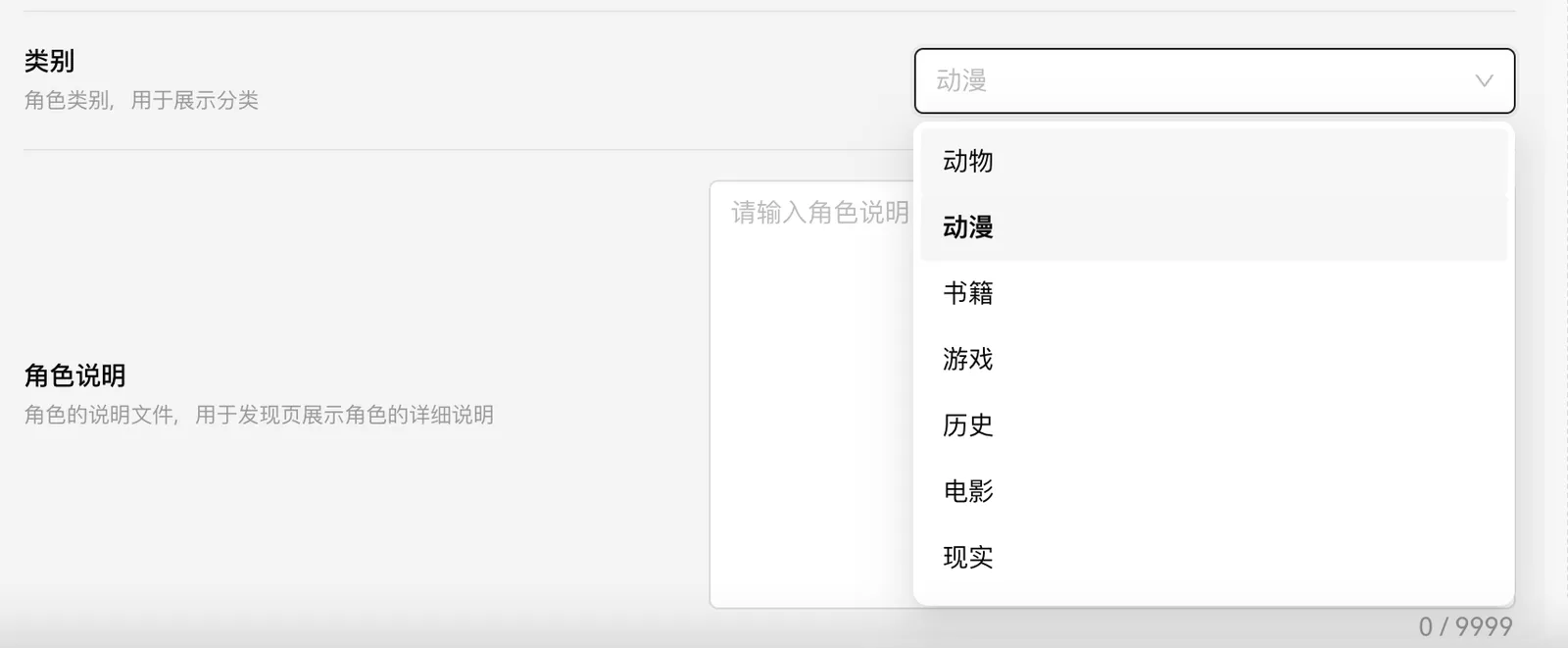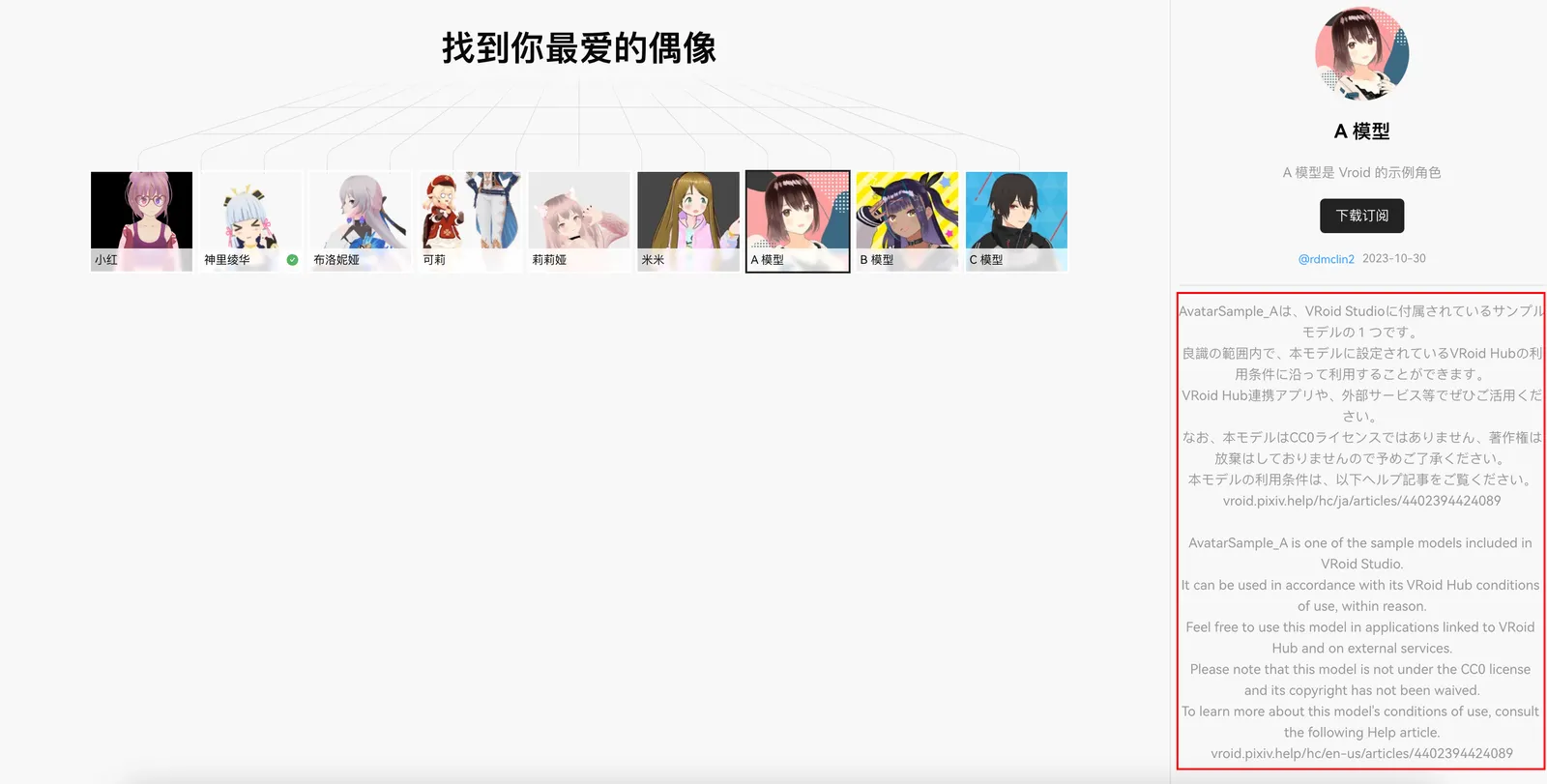Name name
The name used by the character in chat, as well as the name that other users will see when you publish it to the discovery market.

Definition by Name
The name itself can have a significant impact on the character, especially when there are few other details or when the name is well-known. For example, if your character has a widely recognized name that appears multiple times during system training, that name alone can define basic behaviors. Both first and last names help with identification, so “Albert Einstein” is more effective than just “Albert,” which may seem vague without additional details.Uniqueness
Names do not have to be unique, so there may be many characters with the same name. We use AgentID to ensure global uniqueness.Avatar avatar
The avatar image will be combined with your name and other elements to make your character visually striking and unique.
Avatars can be in various formats (png, gif, jpeg), and ideally should be square images with a resolution of 512x512.


Description description
The description appears below the character’s name and can provide more information about your character (the section below the name).

Greeting greeting
The first sentence the character will say when starting a new conversation. The greeting should not exceed 200 characters.

Gender gender
We will initialize the character’s voice and touch responses based on the gender you select.

Category category
The category is used to filter characters on the discovery page.

Character Information readme
The character information is used to supplement and inform users about more details regarding this character, helping users understand usage instructions, such as notes on model usage.


